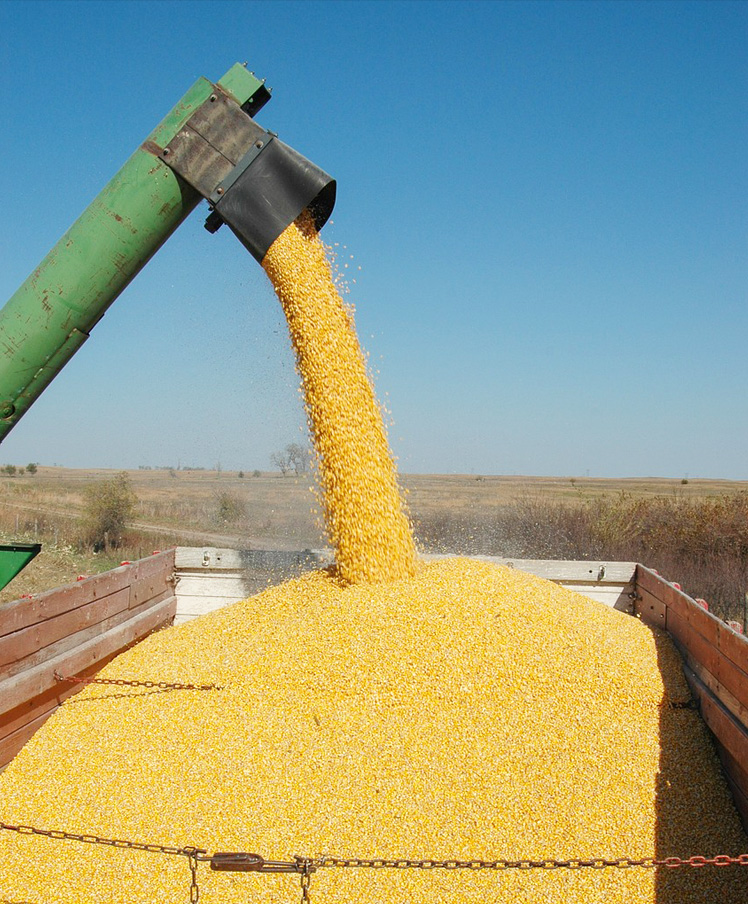Accuracy Agriculture: Changing Farming with Technology
Enhance Agricultural Performance With High-Quality Water Soluble Polymers
These polymers provide a range of advantages that can transform conventional farming techniques, from enhancing water retention and efficiency to maximizing dirt structure and nutrient shipment systems. By harnessing the power of ingenious polymer options, farmers can possibly open brand-new pathways towards achieving greater crop returns while mitigating ecological impacts.

Advantages of Water-Soluble Polymers
Water-soluble polymers use a wide variety of benefits in farming applications because of their enhanced water retention buildings and capability to boost soil structure. Agriculture. These polymers, when included to the dirt, can dramatically raise water holding capacity, reducing the regularity of irrigation called for by plants. By developing a gel-like material when blended with water, water-soluble polymers develop a storage tank that gradually releases moisture to plant origins, making certain a more constant water system throughout dry spells
In addition, these polymers help in preventing soil erosion by binding dirt fragments with each other, therefore improving dirt structure and security. Improved soil framework permits better root penetration and oygenation, promoting much healthier plant development and higher crop yields. Water-soluble polymers also aid in nutrient retention by decreasing leaching, ensuring that essential nutrients stay offered to plants for a longer duration.
Improved Water Retention and Performance
Enhancing agricultural water retention and performance with the unification of advanced polymer technologies has become a critical emphasis in contemporary farming practices. Water-soluble polymers play an essential function in enhancing dirt framework, enhancing water infiltration, and decreasing water dissipation rates. By forming a thin film on the soil surface, these polymers assist to avoid water drainage and enhance the dirt's water-holding ability, making certain that plants have accessibility to a sufficient water system.
Additionally, the usage of top notch water-soluble polymers can significantly reduce the frequency of irrigation, as they boost the dirt's capacity to preserve dampness for longer durations. This not only saves water but additionally decreases the power and labor expenses connected with watering methods. Additionally, improved water retention and effectiveness lead to much better nutrient uptake by plants, resulting in boosted plant yields and overall farming performance.
Boosted Nutrient Delivery Solution
Provided the significant influence of high-grade water-soluble polymers on improving water retention and efficiency in agriculture, the focus now changes in the direction of optimizing nutrient distribution systems to better improve crop growth and yield. Enhanced nutrient distribution systems play an essential role in making certain that plants get the needed nutrients in a kind that is easily offered for uptake, advertising their overall health and efficiency. By incorporating water-soluble polymers right into nutrient delivery systems, the effectiveness of nutrient uptake by plants can be significantly boosted.
One key advantage of utilizing high-grade water-soluble polymers in nutrient shipment systems is their ability to regulate the release of nutrients, making sure a stable and controlled supply to plants over an extended duration (Agriculture). This regulated launch system aids prevent nutrient leaching and overflow, thus optimizing nutrient utilization by crops and minimizing environmental impact

Dirt Framework Optimization Strategies
Optimizing soil structure is paramount in contemporary agriculture for maximizing plant returns and promoting lasting land administration practices. Dirt framework optimization techniques play an important role in making certain that dirt provides a perfect environment for plant development. One key click for more info method is the enhancement of organic issue, such as compost or manure, which helps enhance soil framework by enhancing its water-holding capacity and nutrient retention.
Moreover, exercising minimal husbandry or no-till farming can protect against dirt compaction and promote the growth of a healthy dirt framework. Cover chopping is one more reliable method that involves growing crops particularly to boost the soil and secure, avoiding erosion and enhancing soil framework.
Moreover, applying plant rotation strategies can assist break pest and illness cycles, while additionally boosting dirt structure through the varying origin frameworks of different plants. On the whole, employing these dirt framework optimization this content techniques can cause boosted farming efficiency, lowered ecological effect, and long-term sustainability in farming techniques.
Lasting Solutions for Plant Returns

To address the difficulties of maximizing crop yields while promoting lasting land monitoring practices, checking out lasting remedies becomes crucial in modern farming. One sustainable solution for improving crop yields is the use of precision farming strategies.
Moreover, promoting plant turning and cover chopping can aid preserve dirt health, lower disintegration, and enhance nutrient cycling, eventually adding to greater yields in time. Integrated parasite administration strategies also play a vital role in lasting crop production by reducing the reliance on chemical pesticides and promoting natural insect control techniques.
In addition, spending in research study and technology for establishing drought-resistant plant varieties and climate-resilient farming practices can aid mitigate the influence of climate adjustment on farming while making sure regular returns in the face of ecological difficulties. By taking on these lasting solutions, farmers can accomplish greater plant returns while safeguarding the health and wellness see this here of the land for future generations.
Verdict
In final thought, the usage of top quality water-soluble polymers in farming provides many advantages such as enhanced water retention, enhanced nutrient distribution systems, and maximized soil structure. By executing sustainable options for crop yields, farmers can significantly raise agricultural productivity and efficiency. Agriculture. Water-soluble polymers offer a ecologically friendly and economical technique to boost the overall performance of farming techniques, resulting in better outcomes for both farmers and the environment
These polymers use a variety of benefits that can transform conventional farming techniques, from improving water retention and efficiency to maximizing soil structure and nutrient delivery systems.Additionally, these polymers help in protecting against soil disintegration by binding soil fragments together, thus boosting soil framework and stability. By developing a thin movie on the soil surface area, these polymers aid to prevent water overflow and boost the dirt's water-holding capability, making certain that plants have access to an adequate water supply.
Soil framework optimization techniques play an important duty in making sure that soil gives a perfect setting for plant development.In conclusion, the usage of top quality water-soluble polymers in agriculture offers numerous benefits such as better water retention, enhanced nutrient delivery systems, and optimized soil structure.